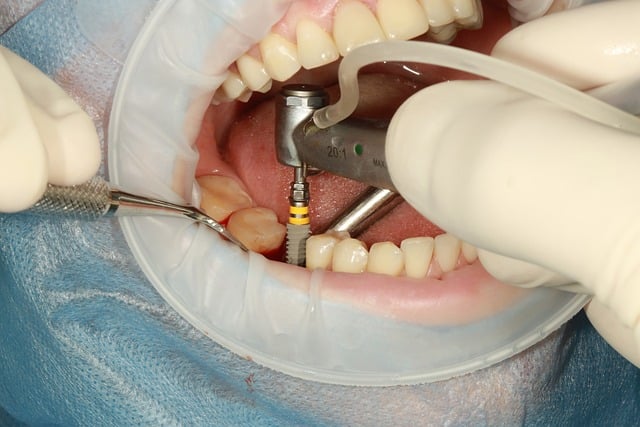
Wood is one of the most used biomaterials.
According to the dictionary of the Royal Spanish Academy ( RAE ), a biomaterial is a material that the body is able to tolerate . These materials can be used for the construction of prostheses or for other purposes.
Biomaterials can be natural biological materials , such as wood or skin , or other elements that have the ability to integrate into a living organism to fulfill certain functions. This means that biomaterials can be part of a living being, either naturally or through some type of implant.
However, there are also biomaterials of artificial origin such as polymers, ceramics, metals...
Classification of biomaterials
Specifically, biomaterials, taking into consideration their nature, can be divided into several groups:
-Metallic biomaterials are those used to create implants and prostheses that will have to support a lot of weight load. Hence they become ideal for elements such as hip prostheses. This group can therefore include titanium , chromium or cobalt alloys, among others.
-Ceramic biomaterials or bioceramics are contrary to the previous ones. That is, they are used to shape prostheses or implants when it is not necessary for them to withstand a high load. For this reason, they are very frequently used in dental implants and orthopedic surgery.
-Polymeric biomaterials . This third group of biomaterials is the one that is identified because it is used in many and varied fields. They turn out to be very versatile biomaterials, which is why they can be found in surgical implants as well as in systems responsible for dosing medications.

With biomaterials, organs and tissues can be replaced or restored.
Restoration and replacement of organs or tissues
When a tissue or organ is damaged, it can be restored or replaced with a biomaterial. These materials can take on tissue functions and are able to remain in contact with body fluids without deteriorating.
With biomaterials, artificial limbs can be manufactured, joints for limbs developed, pacemakers or lenses created, and dental implants manufactured, for example. There are cases, however, where the function developed by the organ or tissue cannot be replaced.
Requirements that biomaterials must meet
A biomaterial must be biocompatible (the body has to accept it), have chemical stability (without degrading over time), have mechanical resistance (so as not to break) and be non-toxic (so as not to damage other parts of the body).
In addition to all of the above, it is necessary to know the set of requirements that any biomaterial must have. We are referring to the following:
-It must have both an adequate density and weight.
-It has to be inert.
-It is necessary that it has adequate mechanical resistance.
-It has to be easy to manufacture and be produced on a large scale.
